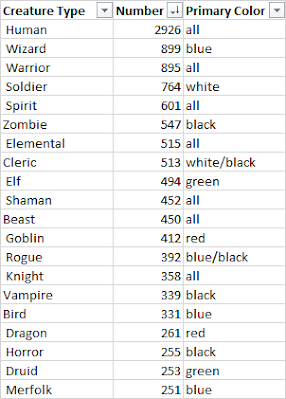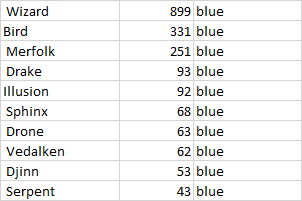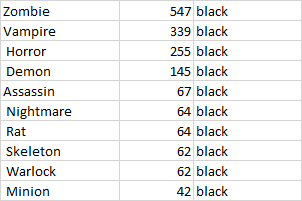 |
| Mystical Tutor card art |
That list is the subject of today's post.
The Reserved List was created in 1996 and updated twice (last in 2010). It features 572 cards from the Alpha (the first set) through Urza's Destiny (released in 1999) that will never be reprinted. (You can see the list on the official page.)
The Reserved List is different than banned or restricted cards- those cards that cannot be played at all (or include only one copy in a deck) depending on format. Though some Reserved List cards are also on the banned/restricted list, most are not, meaning one can have 4 copies in a deck (if the format in question permits that card's set). And they're not necessarily powerful or expensive- MTGStocks shows the value of Reserved List cards, and quite a few can be purchased for less than ten dollars.
So why the Reserved List? MTG Wiki says it best:
"The Reserved List is a list of Magic: The Gathering cards that will never be reprinted in order to preserve their value on the secondary market."
The official Wizards page talks the list on their reprint policy page. Basically, they're trying to strike a balance, for the same reason they rotate sets.
- Reprinting cards enables new players to obtain staples or favorites. It can encourage participation and growth. But it also drives the price of those cards down.
- Refusing to reprint [some] cards preserves value for the veteran players and collectors. It can encourage investment in the game.
There is always a balance between including the new and honoring the old. Set rotation and The Reserved List are two ways to do that. Though I don't always agree with how Wizards produces Magic, I believe these two concepts are good ideas.












